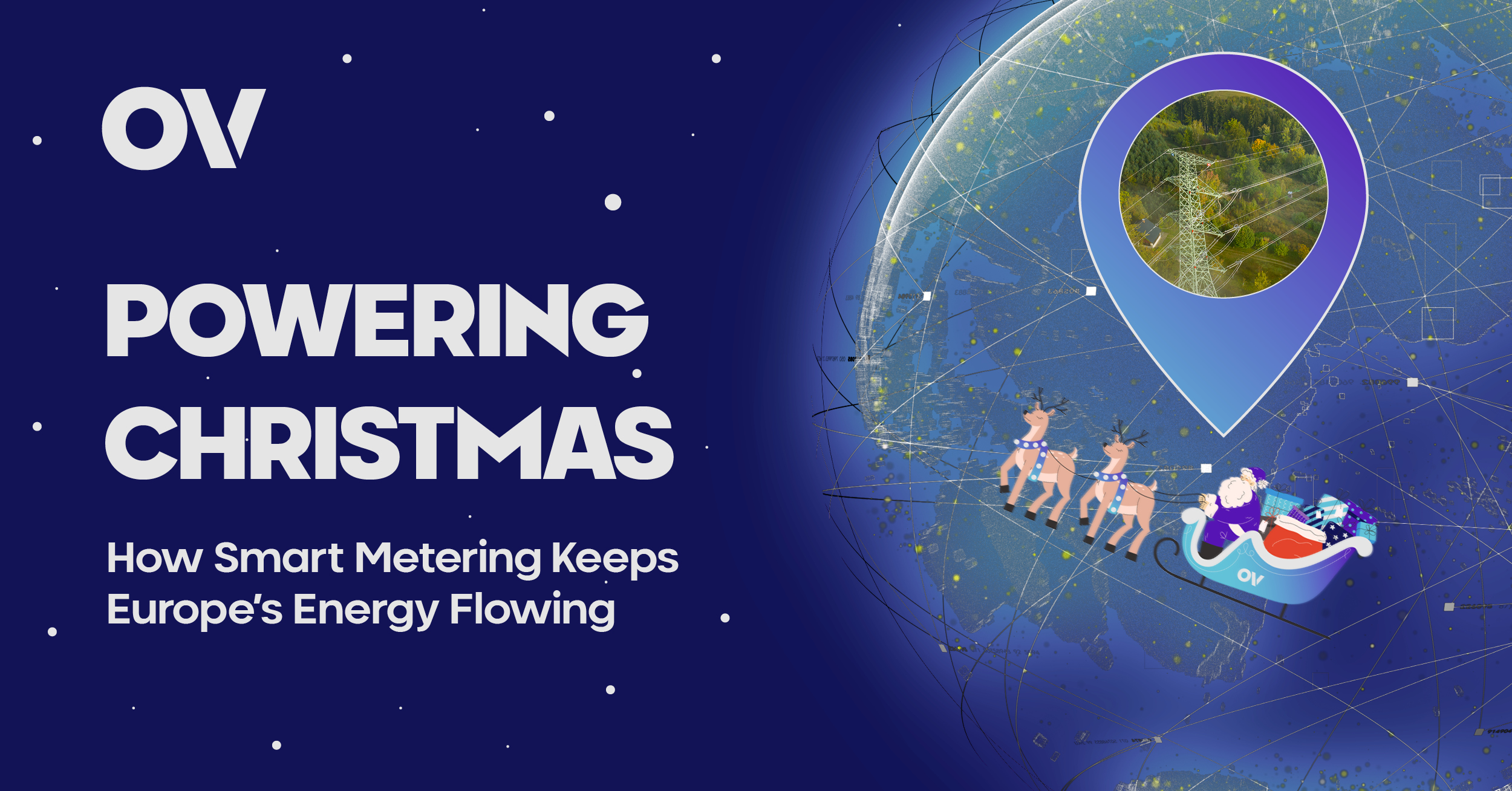Originally published
May 1, 2024
Last Updated
February 21, 2025
In healthcare, the meticulous monitoring of patients stands as a basis of effective treatment. Every day, nurses and healthcare personnel diligently conduct manual checks across various departments, ensuring the well-being of those under their care. However, with the creation of the Internet of Things (IoT), a new era of healthcare innovation has emerged, promising to alleviate manual labour and enhance patient comfort in unprecedented ways. Today is National Nurses Day, so we are taking this opportunity to shine the spotlight on how IoT is helping our incredible nurses in the NHS to deliver ever-increasing patient care demands. Keep reading for more information…
IoT sensor technology holds enormous potential in transforming patient care. Through the integration of smart thermostats, beds, and adjustable lighting settings, patients are greeted with an environment designed to minimise stress and speed up recovery. Furthermore, wearable IoT devices, ranging from electronic wristbands to enhanced hearing aids and wearable heart monitors, enable remote health monitoring and prompt emergency alert systems. These sensor-based solutions empower physicians with real-time insights, facilitating more informed therapeutic decisions and personalised care plans.
Beyond patient comfort, sensor based IoT devices play a crucial role in bolstering safety within healthcare facilities. By monitoring temperature-sensitive goods and improving cleaning efforts, these devices ensure the secure storage of essential items such as food, blood, and medications. From temperature sensors safeguarding pharmacy refrigerators to water sensors preventing leaks and occupancy sensors managing waiting room capacity, IoT technology enhances both patient and staff safety while maintaining hygienic environments.
A notable example of IoT's transformative impact can be seen in the UK's National Health Service (NHS). By implementing sensor technology across 120 NHS facilities, the organisation has achieved remarkable strides in patient safety and operational efficiency. Focused initially on cold storage monitoring, the sensor system automates routine tasks such as drug temperature checks and fire door monitoring. The result? A swift return on investment (ROI) and significant improvements in patient care. Notably, the system has not only safeguarded vaccine and drug inventory but also saved an notable 10,000 hours of nurse time annually. With real-time alerts and remote management capabilities, NHS staff can now respond promptly to critical situations and oversee facility operations with ease.
The integration of IoT sensor technology marks a paradigm shift in healthcare delivery, promising enhanced patient outcomes and operational efficiency. Through continued innovation and adoption, healthcare organisations worldwide can leverage the power of IoT to redefine standards of care and create a more connected, patient-centric healthcare ecosystem.
READ MORE
DISCOVER MORE NEWS AND DEVELOPMENTS IN IOT & GLOBAL CONNECTIVITY





